St. George's United Methodist Church
Introduction
Text-to-speech Audio
Images
St. George's United Methodist Church
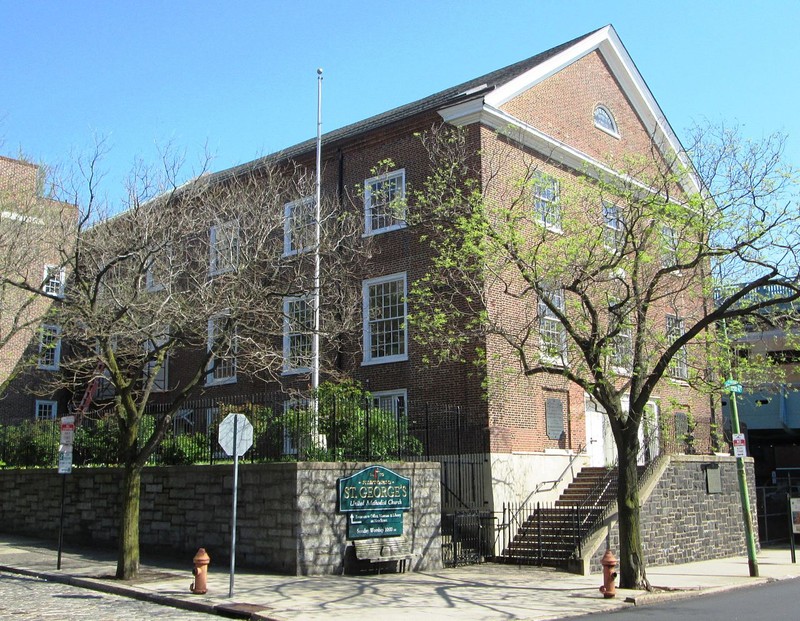
The church that moved a bridge.
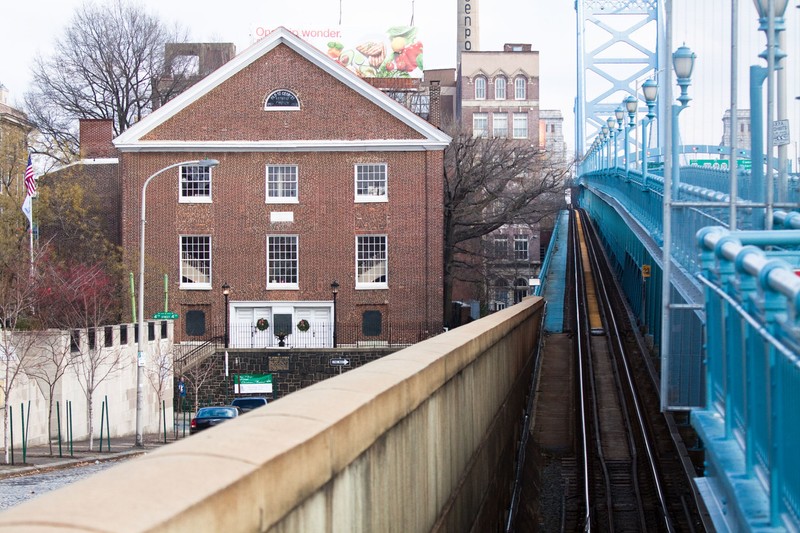
The clean lines of the church's interior.
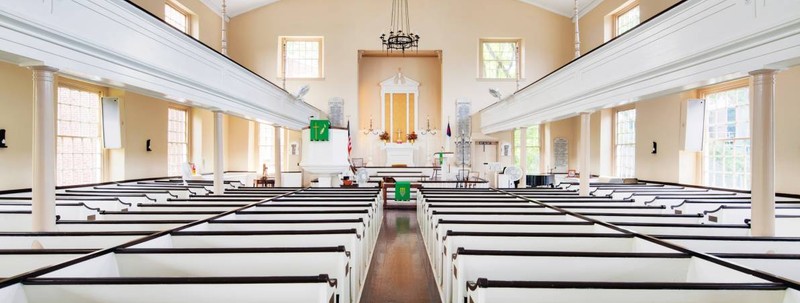
St. George's historical marker.
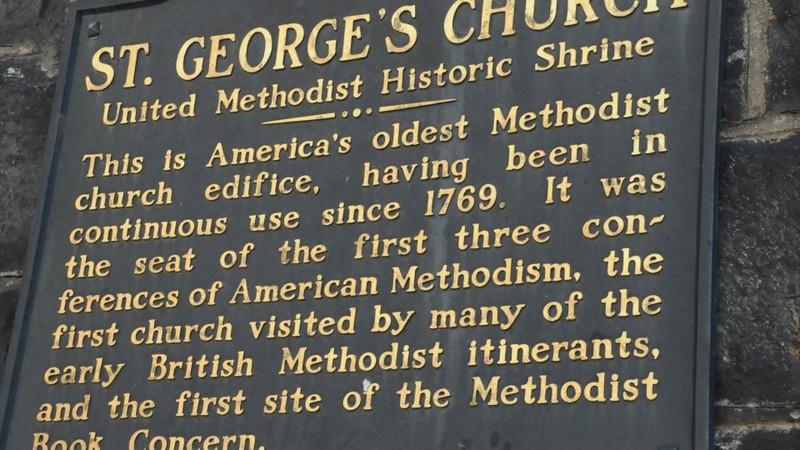
A view from the back balcony.
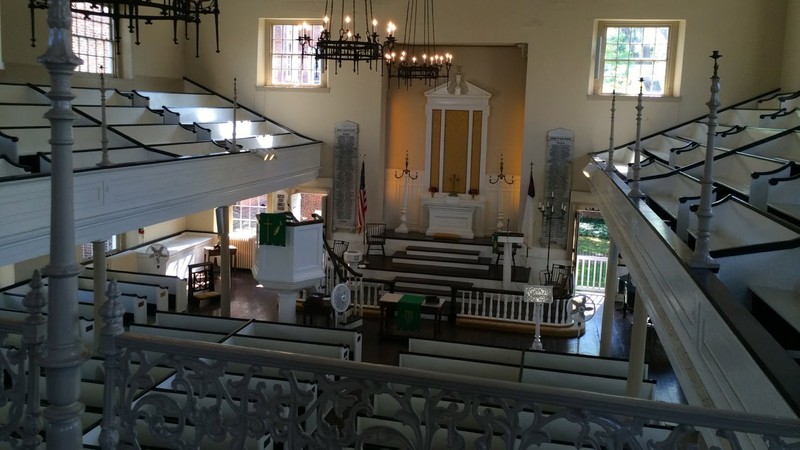
Backstory and Context
Text-to-speech Audio
The Methodist congregation that would eventually meet at St. George’s initially held services in a nearby sail loft on Dock Street and then later at a home owned by Benjamin Lowley. In 1769, they were finally able to purchase a permanent home in the form of an unfinished church started by a German Reformed congregation. That building was begun in 1763 and was nothing more than an empty shell when acquired. The Methodists worshipped in it immediately and began interior improvements that would not be completed until the early 1790s.
Famous Methodist preacher, Francis Asbury, was received at St. George’s for the first time in 1771 and he preached there numerous times. He is best known for preaching 16,500 sermons as he traveled almost 270,000 miles throughout the colonies and America over 45 years. The church also served as a British hospital and cavalry house while Philadelphia was occupied during the Revolutionary War in 1777. The British destroyed what work the congregation had completed on the building’s interior, which further delayed its completion.
St. George’s was one of the few houses of worship that permitted Black worshippers. However, Blacks were forced to attend segregated services prior to the arrival of the white parishioners. In 1787, licensed Black Methodist preacher and former slave, Richard Allen, led his congregation away from St. George’s and they went on to found the Mother Bethel A.M.E Church. Mother Bethel was one of the first A.M.E churches in the nation when it was founded in 1794. In 2009, during the “Great Gathering” at St. George’s, the two denominations reunited as one congregation and reconciliation efforts continue.
The original building has been expanded and renovated over the years, but still features a simple and dignified interior and exterior and has come to be known as the “cradle of American Methodism.” It is also, tongue-in-cheek, known as the “church that moved a bridge” after it won a 1920s legal battle that forced the construction of the Ben Franklin Bridge to move 15 feet to the east. It museum and archives features artifacts from 18th and 19th century Philadelphia as well some of the personal effects of Methodist leaders, such as Francis Asbury’s Bible and the journal of Joseph Pilmore, the church’s first preacher.
Sources
"St. George's Methodist Episcopal Church -- Philadelphia, PA." Waymarking. November 5, 2011. Accessed December 22, 2016. http://www.waymarking.com/waymarks/WMD18E_St_Georges_Methodist_Episcopal_Church_Philadelphia_PA
Leu, Sarah. "Historic St. George's Church." Historical Society of Pennsylvania. September 3, 2014. Accessed December 22, 2016. https://hsp.org/blogs/archival-adventures-in-small-repositories/historic-st-georges-church
"Cathedral Church of American Methodism." The People of the United Methodist Church. September 30, 2014. Accessed December 22, 2016. http://www.umc.org/who-we-are/cathedral-church-of-american-methodism
